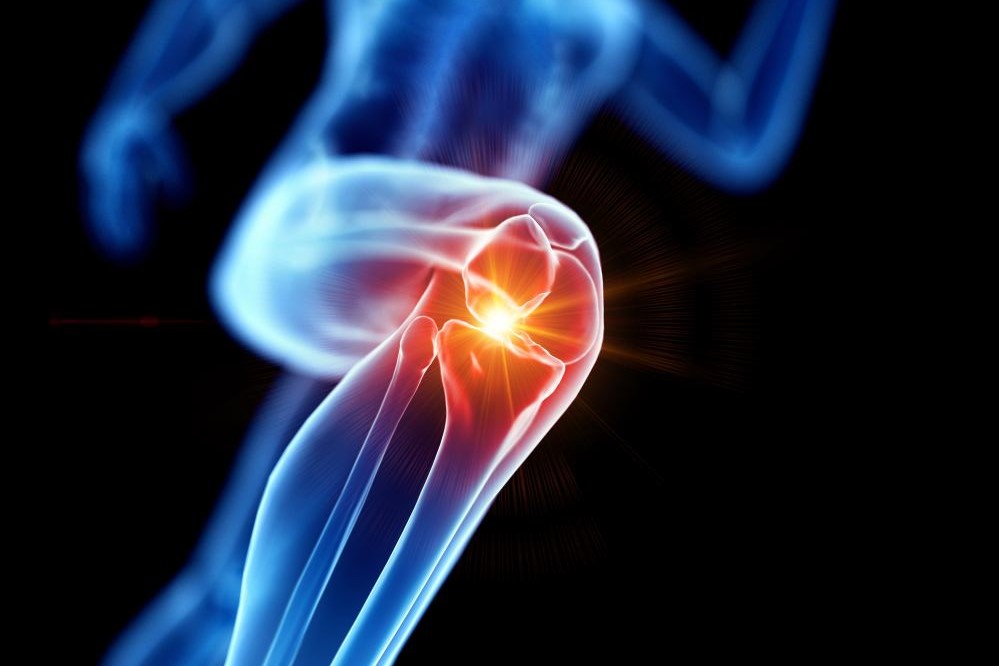
Gonarthrosis or arthrosis of the knee: symptoms, diagnosis and treatment
Arthrosis of the knee (or gonarthrosis) is a condition caused by premature wear of the joint ends. Gonarthrosis does not allow normal walking and mostly affects the elderly population (>65 years)
Symptoms of gonarthrosis
The subjective symptomatology consists mainly of pain in the affected joint or regional musculature, which is most intense in the morning, subsides with movement, may flare up after exertion and generally subsides during night rest.
Subsequently, joint function becomes limited, first by pain, then by obstacles of a mechanical nature that may prevent the performance of normal activities or make even the usual functions of social life difficult.
The knee tends to lock in flexion.
Diagnosis of knee arthrosis
The decrease in the joint rhyme is the first sign of cartilage damage and may allow the diagnosis of initial arthrosis to be made.
Subsequently, other radiological symptoms that are not always evident are observed.
The presence of osteophytes and joint deformities are signs of long-standing arthrosis that ends with radiologically evident ankylosis of the joint.
Gonarthrosis therapy is surgical
In particular, modern prosthetic implants are used that allow total replacement of the joint.
These implants are metal (titanium) and are generally cemented to the bone, especially in the case of a porotic, i.e. weak bone.
Knee prostheses allow walking, under partial load, 3-4 days after surgery.
Full load with return to work takes about 30 days.
In recent years, the mini-prosthesis – or mono-compartmental prosthesis – has become increasingly popular, i.e. a small prosthesis, approximately 3-4 cm, that only covers the worn part and not the entire knee.
This implant can be used in cases of arthrosis of the inner compartment with remarkable success even 20 years after surgery.
Another undisputed advantage of the mini-prosthesis is that it can be applied with a smaller incision, compared to a total prosthesis, of just 8-10 cm.
Recovery is also quicker: ambulation is permitted the day after surgery; full weight-bearing with return to work takes about 30 days.
Read Also:
Emergency Live Even More…Live: Download The New Free App Of Your Newspaper For IOS And Android
Anterior Cruciate Ligament Injury: Symptoms, Diagnosis And Treatment
Meniscus, How Do You Deal With Meniscal Injuries?
What Are Cartilage Injuries Of The Knee
Knee Sprains And Meniscal Injuries: How To Treat Them?
First Aid: Treatment For ACL (Anterior Cruciate Ligament) Tears
Wrist Fracture: How To Recognise And Treat It
Carpal Tunnel Syndrome: Diagnosis And Treatment
Knee Ligament Rupture: Symptoms And Causes
Lateral Knee Pain? Could Be Iliotibial Band Syndrome
Knee Sprains And Meniscal Injuries: How To Treat Them?
Meniscus Injury: Symptoms, Treatment And Recovery Time


